Table of Contents
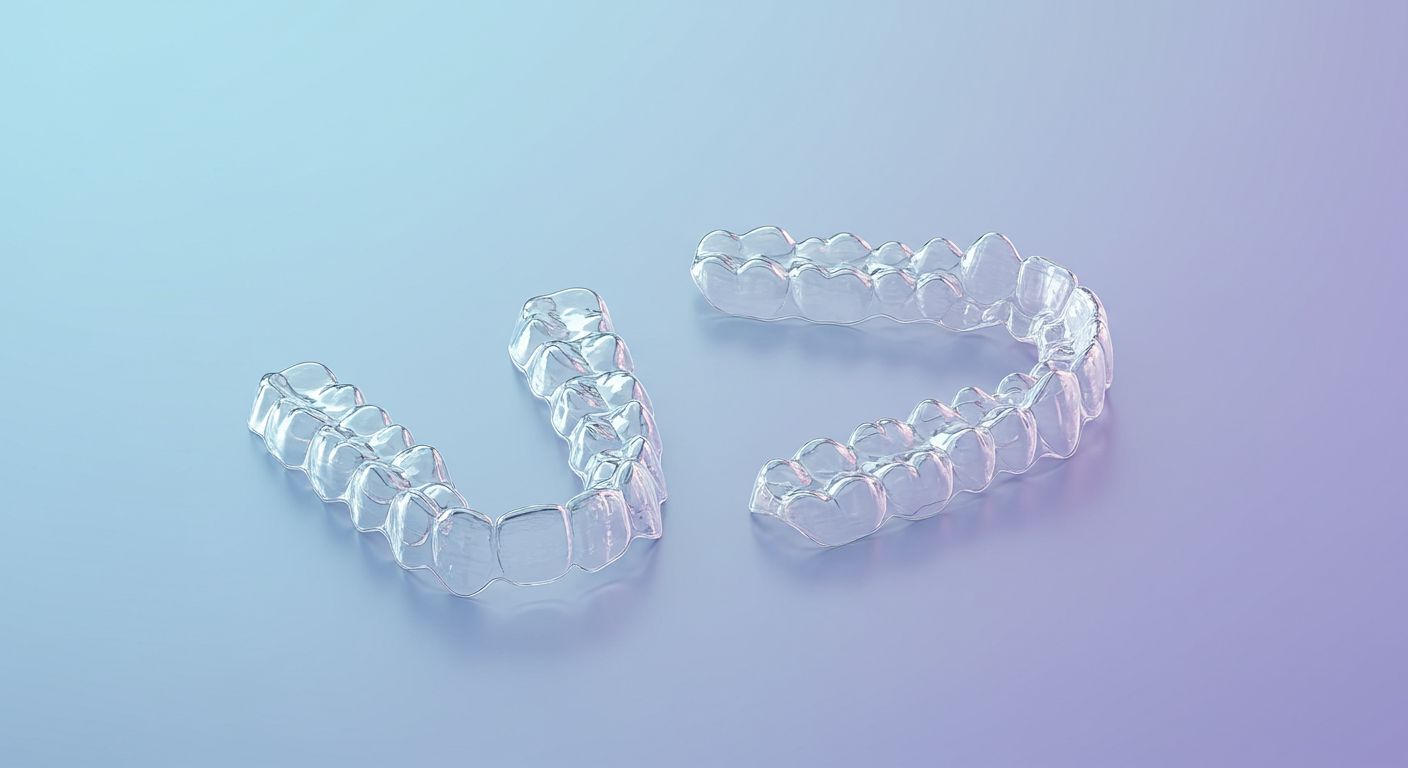
Clear Aligners: A Complete Guide to This Invisible Orthodontic Treatment
This article provides a detailed guide to clear aligners, the orthodontic issues they can treat, treatment duration, typical costs, and potential insurance coverage when provided by an orthodontist.
You will also discover the different types and brands of clear aligners available and read testimonials from patients who have undergone these treatments.
What Is a Clear Aligner?
A clear aligner is a transparent tray made of a flexible, medical-grade plastic, custom-designed to fit perfectly over your teeth and gradually move them into their ideal position.
Clear aligners are an alternative to traditional braces and orthodontic appliances because they are virtually invisible and easy to remove for eating, drinking, and brushing your teeth.
They are generally praised for their comfort and ease of maintenance, requiring fewer emergency visits to the orthodontist than is sometimes the case with braces.
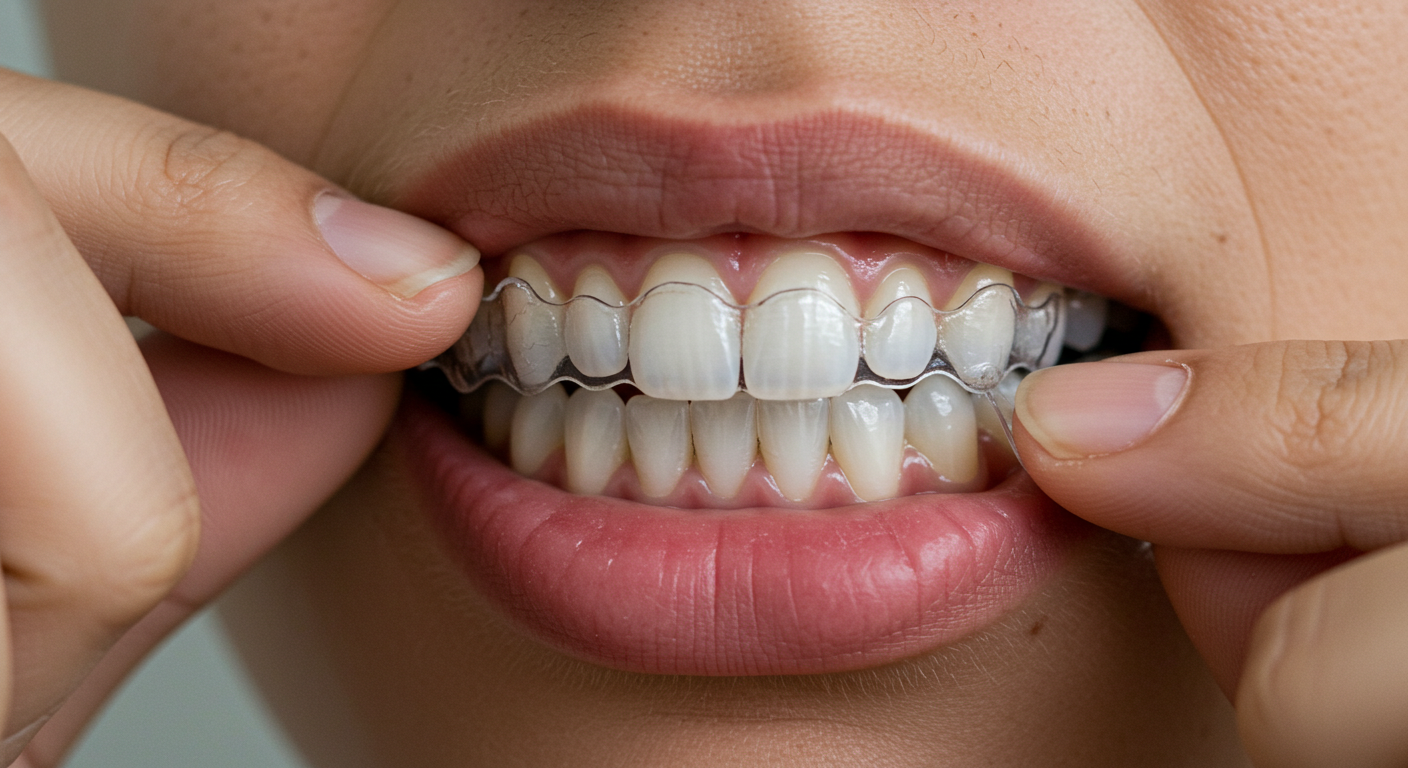
How Long Should You Wear Your Aligners?
Each aligner is worn for one to two weeks, as prescribed by your orthodontist, and then replaced by the next one in the series to continue the planned realignment process.
Each aligner is slightly different from the previous one in order to gradually straighten the teeth. For treatment to be effective, aligners must be worn 20 to 22 hours per day.
Why Should You Consult an Orthodontist?
It is essential to consult an orthodontist to discuss your teeth, appropriate treatment options, and determine if clear aligners are right for your situation.
An orthodontist is a specialist who can diagnose underlying bite issues and create a comprehensive treatment plan that ensures not only a beautiful smile but also a healthy, functional bite for long-term stability.
What Issues Can Clear Aligners Treat?
A malocclusion is an abnormality in the alignment of teeth or the relationship between the upper and lower jaws. Clear aligners are often used to treat various forms of malocclusion.
Here are the most common types of malocclusion that can be treated with clear aligners by an experienced orthodontist:
Overbite
This occurs when the upper teeth excessively overlap the lower teeth when the jaw is closed. Clear aligners can correct this by gradually moving the teeth until they are properly aligned.
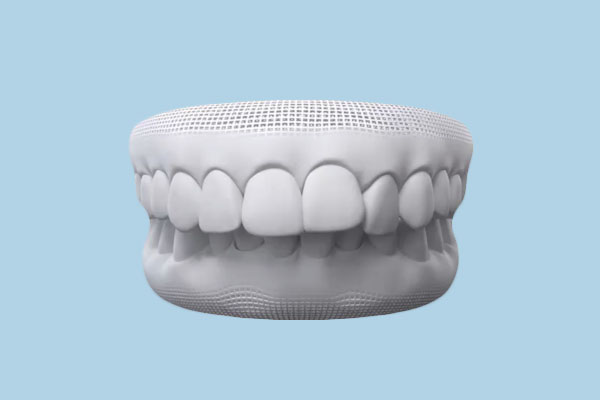
Diastema or Gaps Between Teeth
This refers to an abnormal space between two adjacent teeth. These can be single or multiple. Clear aligners can be used to apply constant, gentle pressure on the teeth, gradually bringing them together to close the space. This is often achieved with the help of "attachments"—small, tooth-colored composite bumps that help the aligner grip the tooth and apply force effectively.
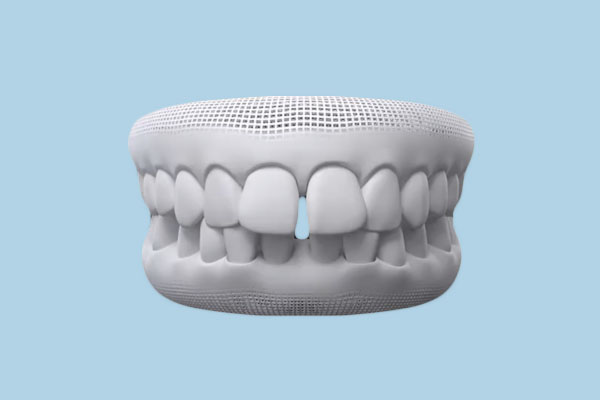
Open Bite
This occurs when some upper and lower teeth do not make contact when the jaw is closed. Clear aligners can be used to move the affected teeth so that they meet properly when the jaw is closed.
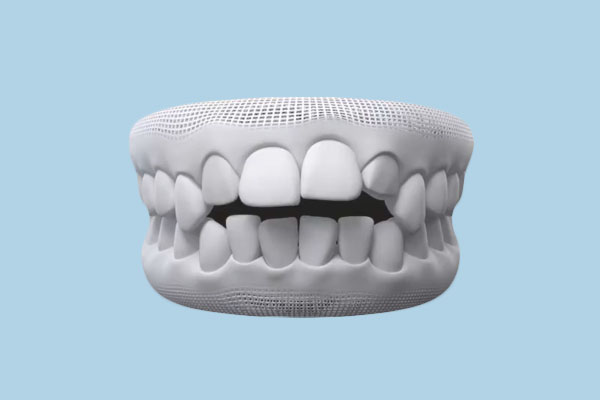
Crowding
Crowding occurs when teeth are too close together and overlap. As part of orthodontic treatment, clear aligners help to move the teeth by gradually spacing them out, creating a more harmonious alignment.

How Long Does Treatment with Clear Aligners Take?
The duration of treatment with clear aligners varies depending on the complexity of the case and the patient's compliance in wearing the aligners.
On average, treatment lasts between 12 and 18 months, but it can be shorter or longer depending on individual needs. It is important to consult an experienced orthodontist to determine the appropriate treatment duration for each patient.
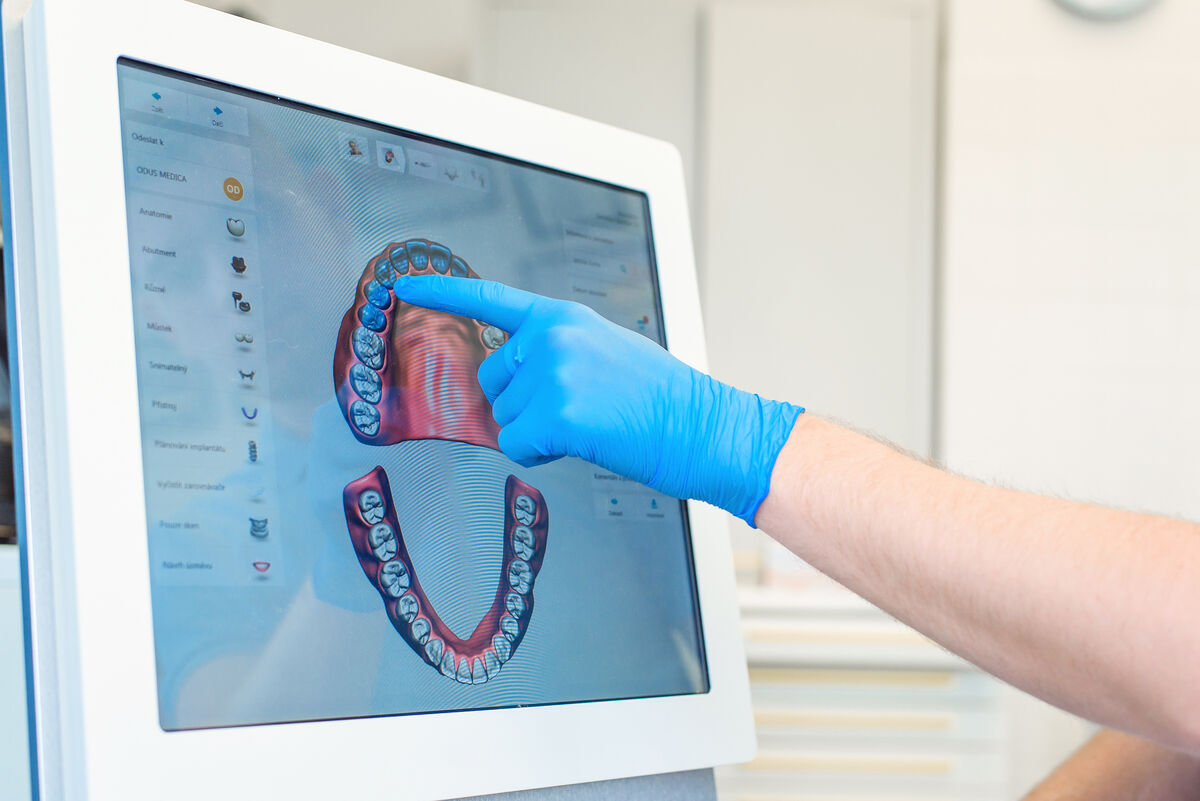
When the end of an initial series of aligners is reached, usually after 10 to 12 months, an evaluation is performed to identify areas that still need improvement. The orthodontist and patient then discuss aesthetic expectations for these "refinements," and the orthodontist prepares a new series of finishing aligners. This refinement phase is a normal and crucial part of achieving the best possible result.
Clear Aligners: What Are the Costs in 2025?
Getting a Precise Cost: The Treatment Quote
Only an orthodontist or a dentist trained in aligner techniques can, after a comprehensive examination, establish a treatment plan and provide you with a personalized quote detailing the exact cost of your aligner treatment.
Indicative Costs for Aligners in 2025
Although variable, here is an overview of the average prices seen in the United States for clear aligner treatments, based on complexity and duration:
| Indicative Treatment Type | Average Duration | Indicative Price (USD)* |
|---|---|---|
| Minor Alignment (e.g., simple cases, small corrections) | 3 - 9 months | $2,000 - $4,500 |
| Standard / Comprehensive Treatment (e.g., moderate corrections) | 10 - 18 months | $4,500 - $6,000 |
| Complex Treatment (e.g., severe malocclusions, extended duration) | 18 - 24 months+ | $6,000 - $8,000+ |
*These prices are estimates and can vary considerably depending on the practitioner, the aligner brand, and the geographic location. A personalized quote is essential.
These prices generally include the planning, fabrication of all aligners required for the treatment, and orthodontic monitoring during the active phase.
Aligners may seem expensive for simple pieces of plastic, but they are custom medical devices created by an orthodontist using the most advanced technologies at every stage. The process involves expensive 3D scanners, sophisticated planning software, and precise manufacturing for each individual tray.

What Are the Different Brands of Clear Aligners?
The orthodontist managing your alignment has a choice among many aligner brands. The true difference in quality is not in the brand of the aligner itself, but in whether your treatment is planned and supervised by an experienced orthodontist.
Invisalign
The pioneer and global leader, Invisalign (from Align Technology) offers highly personalized treatments thanks to its SmartTrack™ material and ClinCheck® software. This system is exclusively available through certified orthodontists and dentists, ensuring rigorous clinical planning and supervision for a wide range of corrections.
ClearCorrect
A major competitor to Invisalign, ClearCorrect is also a professionally administered system used by dentists and orthodontists. It offers a similar treatment process, using a series of custom-made clear aligners to straighten teeth. It is known for being a high-quality and sometimes more affordable alternative for practitioners and patients.
Direct-to-Consumer (DTC) Brands
Brands like SmileDirectClub (now bankrupt), Candid, and others operate on a direct-to-consumer model. This typically involves at-home impression kits or scans at a retail location, with remote supervision by a dentist or orthodontist. While often more affordable, this model is generally only suitable for very minor cosmetic cases. Major orthodontic bodies have expressed concerns about the lack of direct, in-person supervision, which is critical for monitoring progress and ensuring oral health.
Clear Aligners: Insurance Coverage and Reimbursement in 2025
Coverage for clear aligners by dental insurance depends on several factors, including your specific plan, your age, and the nature of the orthodontic treatment. Here are the key points regarding reimbursement in 2025:
Coverage from Dental Insurance
- Orthodontic Benefits: If your dental insurance plan includes orthodontic coverage, it will typically cover clear aligners to the same extent as traditional braces.
- Coverage Percentage and Limits: Most plans cover a percentage of the cost (often 50%) up to a lifetime maximum, which can range from $1,000 to $3,000 or more.
- In-Network vs. Out-of-Network: Your out-of-pocket costs will be lower if you choose an orthodontist who is "in-network" with your insurance plan.
Using FSA and HSA for Treatment
- Orthodontic treatments, including clear aligners, are qualified medical expenses. This means you can use pre-tax funds from a Flexible Spending Account (FSA) or Health Savings Account (HSA) to pay for your portion of the treatment cost.
Key Takeaways
- Request a Detailed Quote: Before starting treatment, get a precise quote from your orthodontist. This document is essential for your insurance claims.
- Review Your Insurance Policy: Carefully check your plan's benefits booklet or call your provider to understand your specific orthodontic coverage, especially lifetime maximums and waiting periods.
- Waiting Periods: Some plans have a waiting period before orthodontic benefits become active.
Reviews of Clear Aligners: Patient Testimonials
Clear aligners have transformed the lives of many patients, helping them achieve a harmonious smile and better oral health.
Testimonial from Chloe M., 35
Chloe had slightly protruding teeth and some minor spacing. A 14-month aligner treatment was performed with aesthetic attachments. Retention was ensured with nightly retainers.
“I dreamed of a straighter smile but didn't want braces. Aligners were a game-changer! Discreet, easy to manage day-to-day, and the final result exceeded my expectations. I feel so much more confident now.”
Testimonial from Lucas B., 28
Lucas had moderate dental crowding and a slight overbite. His aligner treatment lasted 16 months. Bonded retainers were placed at the end of the treatment to maintain the results.
“Aligners were a great solution for me. As a sales professional, aesthetics were important. Nobody really noticed my appliance. The supervision was professional and the result is fantastic. I highly recommend it.”
Frequently Asked Questions About Clear Aligners
How do invisible dental aligners work?
Invisible dental aligners work by using a series of clear, removable trays that are custom-made to fit your teeth. These trays apply gentle pressure to the teeth to gradually move them into the desired position. Typically, aligners are replaced every one to two weeks to continue moving the teeth until they reach their final position.
Which dental aligner should I choose for my problem?
To choose the right dental aligner for your problem, it is crucial to consult a qualified orthodontist. The orthodontist will evaluate your situation, including your bite and jaw alignment, and recommend the most appropriate treatment based on the complexity of your case.
What is the price of a dental aligner treatment?
The price of a dental aligner treatment varies depending on several factors, including the aligner brand, the complexity of the case, and the duration of the treatment. In general, the cost of invisible clear aligners ranges from $2,000 to over $8,000, as detailed in the indicative price table above.
Many practices offer flexible payment plans or work with third-party financing to help you spread the cost of the treatment over several months or years. Your dental insurance may also cover part of the treatment, depending on your policy and the coverage offered.
